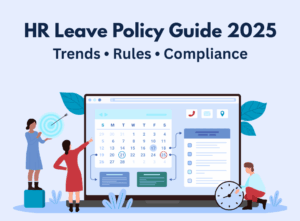
HR Leave Policy Guide: Rules, Trends & Compliance 2025
In 2025, organisations will continue to understand the necessity and importance of comprehensive HR leave policies with respect to changing workforce conditions and legal requirements.
Now get the best employee experience with our robust HR software!
Existing User? Sign In
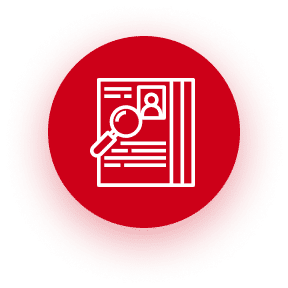
HR software automates internal HR processes, encompassing onboarding, attendance, leave, and payroll management.
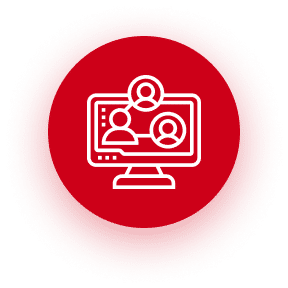
Kredily's HR software manages the entire process, including collecting necessary paperwork such as ID cards, address proofs, and employee documents online through our system.
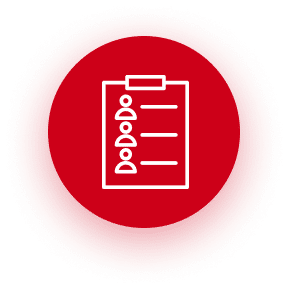
The HR system assists in managing employee time and attendance, encompassing scheduling, leave management, and processing time-off requests.
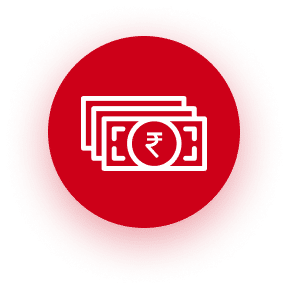
Managing Payroll was never this easy! HR software automates payroll and benefit administration. HR software takes care of every process.
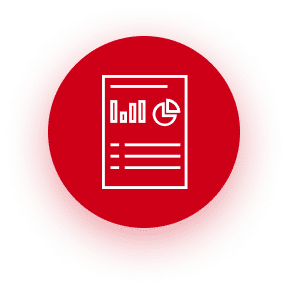
Cloud-based HR software enables your organization to streamline HR processes, alleviate administrative burdens, and gain improved visibility and insights into employee data and performance.
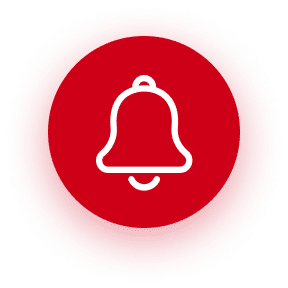
Rest assured that you can deliver accurate information to the appropriate individuals promptly. Automation technology ensures that all components are well-organized and readily available to relevant employees.
Embrace state-of-the-art technology and enhance your HR processes with our innovative software. Whether it’s smooth employee onboarding or streamlined performance management, Kredily empowers your organization for success.With data-driven insights and user-friendly features, our platform paves the way for a more efficient and engaged workforce. Embrace the future of HR system with Kredily as your partner in achieving success and growth.
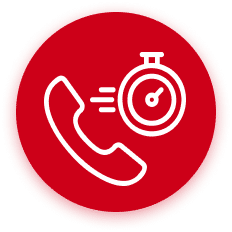
Experience prompt support and assistance from our dedicated team, ensuring you get the help you need without any delays.
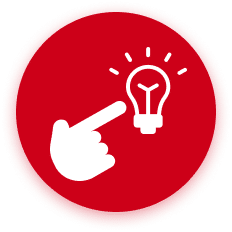
Our user-friendly features make HR management a breeze, eliminating complexity and boosting efficiency.
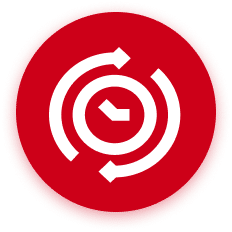
Say goodbye to waiting! We guarantee same-day deployment, allowing you to start enjoying the benefits right away.
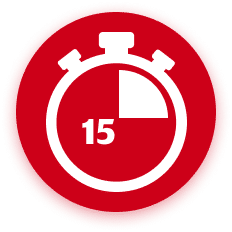
Set up your account in just 15 minutes. No delays, just a smooth journey ahead.
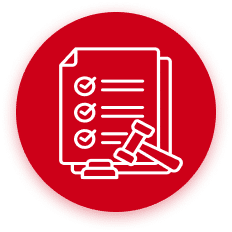
Simplify your HR processes by defining rules and letting our software manage the rest, allowing you to concentrate on strategic initiatives.
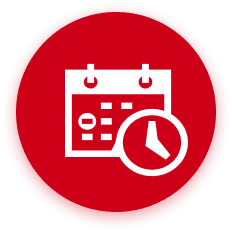
Empower growth through streamlined attendance management. Enhance productivity, nurture engagement, and foster connections. Join us for a brighter future, one attendance at a time.
Opt for Kredily’s HR software and efficiently oversee your complete employee data through our advanced cloud HRMS.
By leveraging the benefits of HR software, you can gain a competitive advantage in today’s fast-paced business environment.
In summary, Kredily’s payroll software presents an excellent option for small and medium-sized enterprises in India seeking a cost-effective, cloud-based payroll solution that offers a wide array of features and user-friendly functionality.
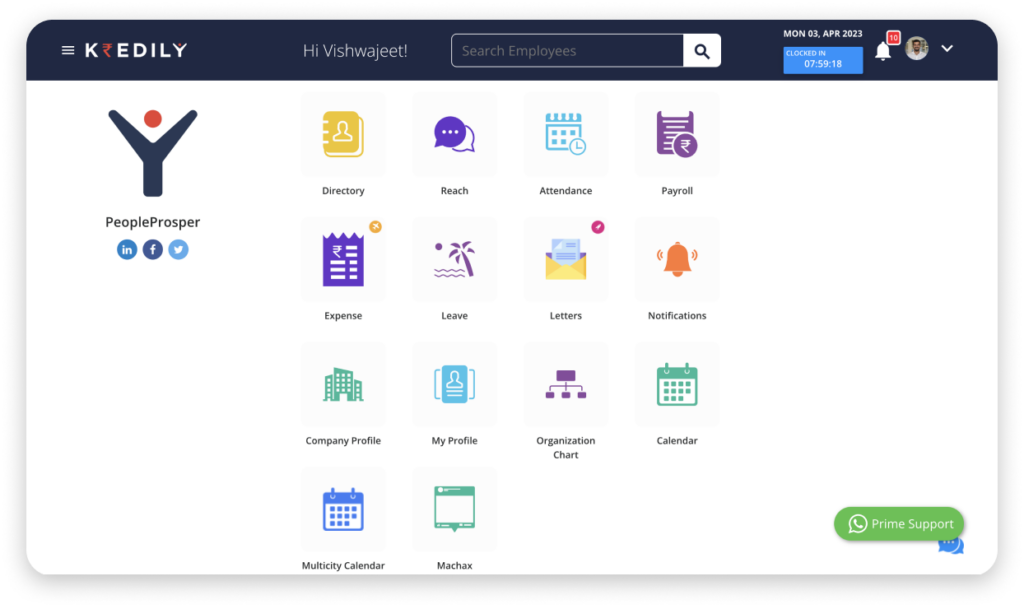
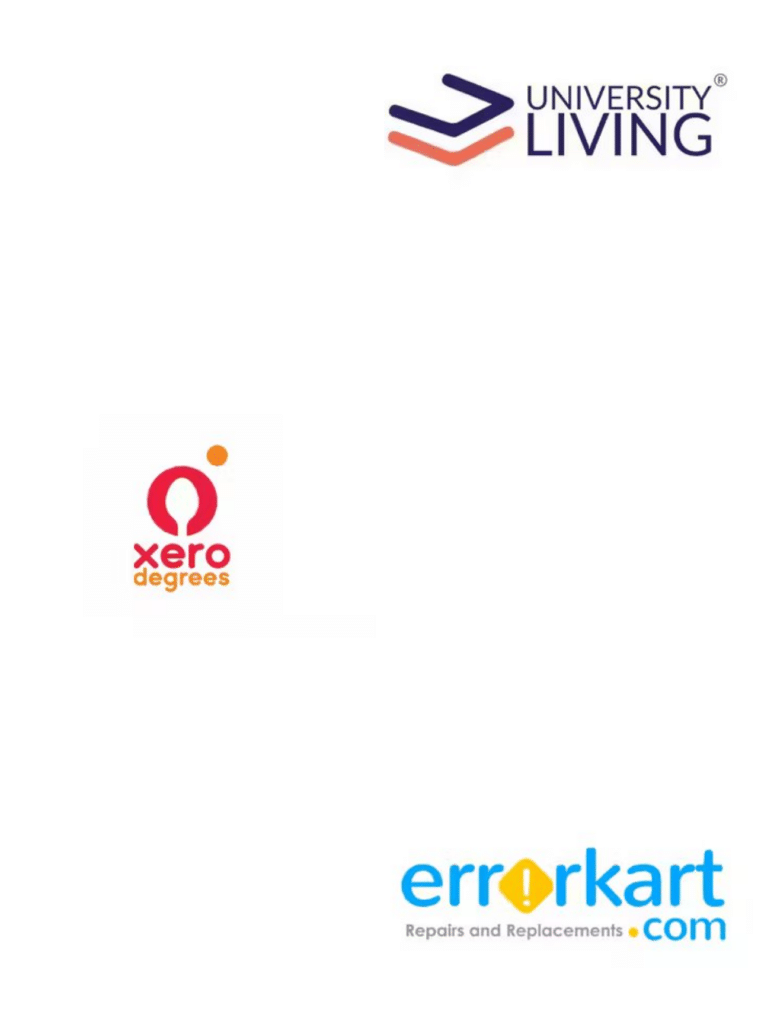
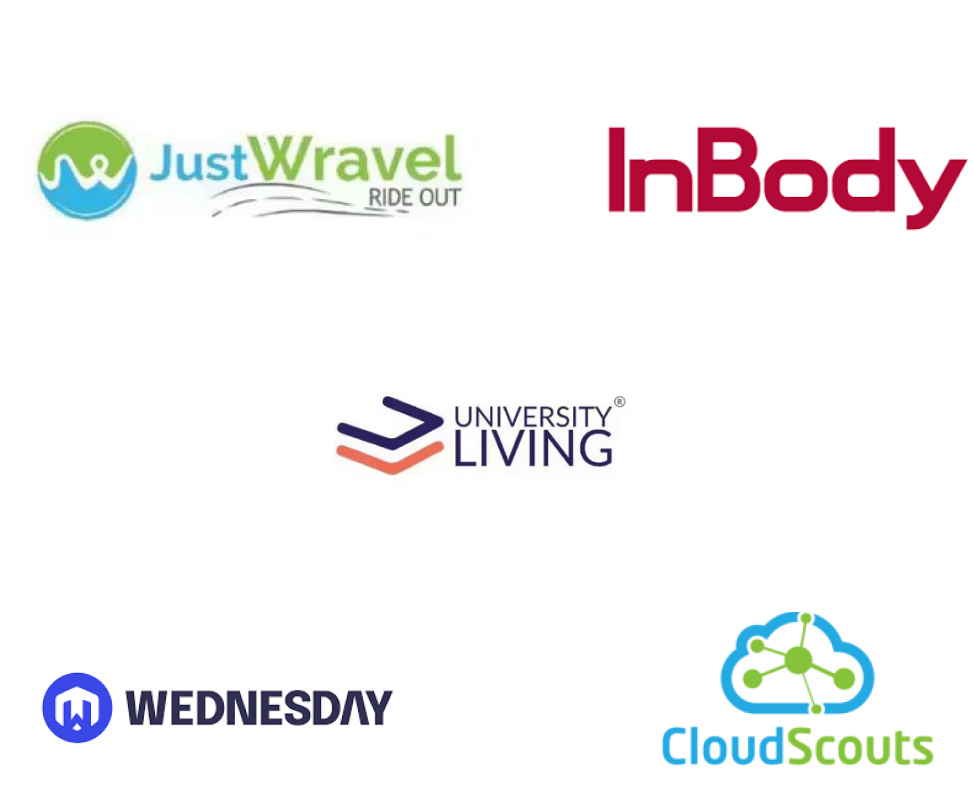
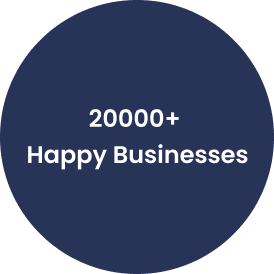

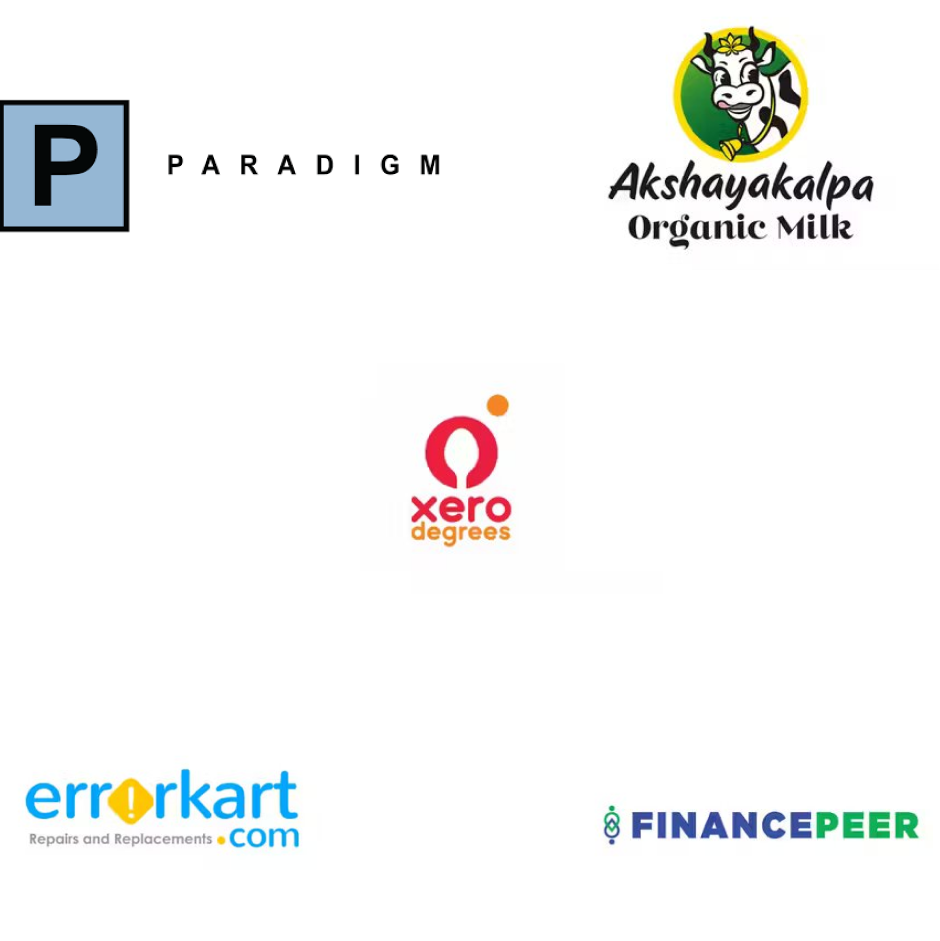
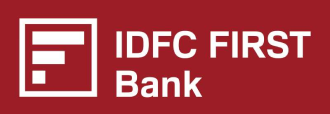


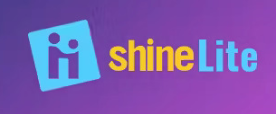
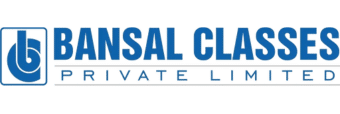

In 2025, organisations will continue to understand the necessity and importance of comprehensive HR leave policies with respect to changing workforce conditions and legal requirements.
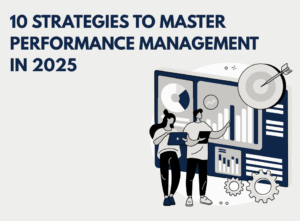
Performance management has transitioned away from the traditional model of an annual review to a more continuous and strategic process, given the 2025 business context.
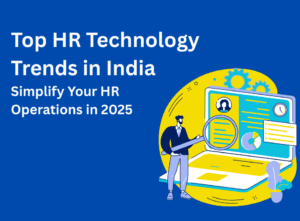
HR departments are undergoing a significant transition in the dynamic business world of today, moving from traditional administrative responsibilities to strategic enablers of organisational success.
Human Resources (HR) software is a technology solution for automating and streamlining employee recruitment, onboarding, management, and training. It helps organizations manage their most important asset—their people. They provides features such as employee self-service (ESS) portals, performance management, attendance tracking, payroll management, and more.
Kredily HR software is an ideal solution for HRs of startups, and SMEs looking for efficient and cost-effective attendance, leave, and payroll management. This HR software is a comprehensive solution that helps streamline the payroll process and minimize errors. It simplifies the calculation of employee salaries and provides a multi-level authorization structure, making it easier to track changes. With Kredily HR and Payroll software, HRs can ensure accurate payroll processing and significantly reduce the time spent on manual data entry.
Here are some of the future trends in HR:
Digital transformation: HR is becoming more digital and technology-driven. Organizations are investing in digital tools and platforms for HR functions, such as AI-powered recruitment, chatbots for employee engagement, and analytics for workforce planning.
Employee experience: Employee experience is becoming a top priority for HR, with a focus on creating a positive work culture, providing meaningful work, and offering personalized benefits and rewards. HR is also leveraging data and analytics to measure and improve employee engagement and retention.
Remote work: The COVID-19 pandemic has accelerated the trend towards remote work. HR is adapting to the new reality by investing in virtual communication tools, flexible work policies, and digital learning and development programs.
Skills development: Upskilling and reskilling are becoming essential for organizations to remain competitive. HR is investing in personalized learning programs, microlearning, and digital training platforms to help employees acquire new skills and competencies.
Diversity, equity, and inclusion: Diversity, equity, and inclusion (DE&I) are becoming a key focus for HR. Organizations are investing in DE&I training and education, diverse hiring practices, and creating inclusive work cultures that value and respect all employees.
Agile HR: Agile methodologies are being applied to HR processes to increase speed, efficiency, and flexibility. HR is adopting agile practices such as continuous feedback, rapid experimentation, and cross-functional teams to improve HR processes and deliver better outcomes.
Overall, these trends are transforming the HR function and helping organizations build more agile, digital, and employee-centric workplaces.
A core HR system is a set of software applications that an organization uses to manage its core human resources functions. It typically includes modules for payroll, benefits, employee records, training and compliance, employee onboarding, and other features. The system also helps automate many of the manual processes associated with HR administration, such as document storage and retrieval, applicant tracking, and employee self-service.
HR cloud system is a type of Human Resources (HR) software hosted on cloud servers instead of physical servers. This software allows companies to manage their HR operations more efficiently and securely by providing easy access to employee data, streamlining processes, and eliminating the need for manual paperwork. In addition, cloud-based HR systems are typically more cost effective than traditional HR software due to the reduced hardware and maintenance costs.
HR Automation tool refers to using software and technology to streamline, automate, and optimize many administrative tasks associated with Human Resources management. Automation can help HR professionals save time by reducing manual processes, increasing accuracy, and mitigating errors. Examples of automated HR processes include onboarding and offboarding, payroll, employee benefits administration, recruiting, employee attendance tracking, performance reviews, and compliance. Automation makes it easier for HR teams to manage their daily functions, keep employee records up to date, and ensure compliance with laws and regulations. Additionally, automation can improve communication between HR and employees and enhance employee experience.
Kredily HR system is best for startups and small and medium-sized businesses. It includes payroll processing, attendance and leave management, reporting and analytics, time tracking, tax filing, workers’ compensation, and more. It helps companies improve their employee management processes. With Kredily software, you can easily track and manage employee information, automate onboarding, and much more.
Creating an HR dashboard in Excel requires a few steps. The first step is gathering all the data you need for the dashboard. It can include employee attendance, performance data, recruitment data, and more. Once you have collected all of the necessary data, it is time to organize it into a format you can use to create the dashboard. The next step is to manage the data into columns and rows so it can easily be viewed and analyzed. After organizing the data, you can create the dashboard by adding charts, pivot tables, and other visual elements. Using formulas and functions, you can make calculations to display key performance metrics such as employee turnover, satisfaction ratings, etc. Finally, you can add custom styling to the dashboard to make it look attractive and professional. Once the dashboard is complete, you can quickly analyze and monitor your HR data.
HR calculates Gross Salary, CTC and Net salary on the formula mentioned below:
CTC = basic salary + benefits + PF.
Gross salary = basic salary + house rent allowance + additional allowances.
Net salary = gross salary–professional tax–public provident fund–income tax.
The 7 stages of HRM (Human Resource Management) are:
a) Human Resource Planning: Forecasting HR needs and developing strategies to meet organizational goals.
b) Recruitment and Selection: Attracting and hiring qualified candidates for job positions.
c) Orientation and Onboarding: Assimilating new employees into the organization and providing necessary training.
d) Performance Management: Setting goals, providing feedback, and evaluating employee performance.
e) Compensation and Benefits: Designing and administering employee compensation and benefits programs.
f) Employee Development: Providing training and development opportunities to enhance employee skills and knowledge.
g) Employee Relations: Managing employee relations, handling conflicts, and maintaining a positive work environment.
The 5 components of HRM are often referred to as the “5 M’s of HRM”:
a) Manpower Planning: Determining the organization’s workforce needs and ensuring the availability of the right talent.
b) Recruitment and Selection: Attracting, hiring, and placing employees in suitable positions.
c) Training and Development: Enhancing employee skills and knowledge through training and development initiatives.
d) Performance Appraisal: Evaluating and assessing employee performance to provide feedback and determine rewards.
e) Compensation and Benefits: Managing employee compensation, rewards, and benefits.
HR roles and responsibilities can vary, but some common ones include:
a) Talent acquisition and recruitment.
b) Employee onboarding and orientation.
c) Performance management and appraisal.
d) Training and development.
e) Compensation and benefits administration.
f) Employee relations and conflict resolution.
g) HR policy development and implementation.
h) Compliance with labor laws and regulations.
Benefits of an HR software include:
a) Streamlining HR processes and reducing manual paperwork.
b) Improving data accuracy and eliminating errors.
c) Enhancing HR efficiency and productivity.
d) Enabling self-service for employees to access and update their information.
e) Automating tasks like payroll, attendance tracking, and leave management.
f) Generating reports and analytics for informed decision-making.
g) Ensuring compliance with labor laws and regulations.
HR management systems solve various problems, including streamlining and automating HR processes, improving data accuracy, enabling efficient management of employee data, enhancing self-service capabilities, ensuring compliance with labor laws, generating reports and analytics, and improving overall HR efficiency and productivity. Kredily HRMS effectively addresses these problems and offers a robust solution for comprehensive HR management.